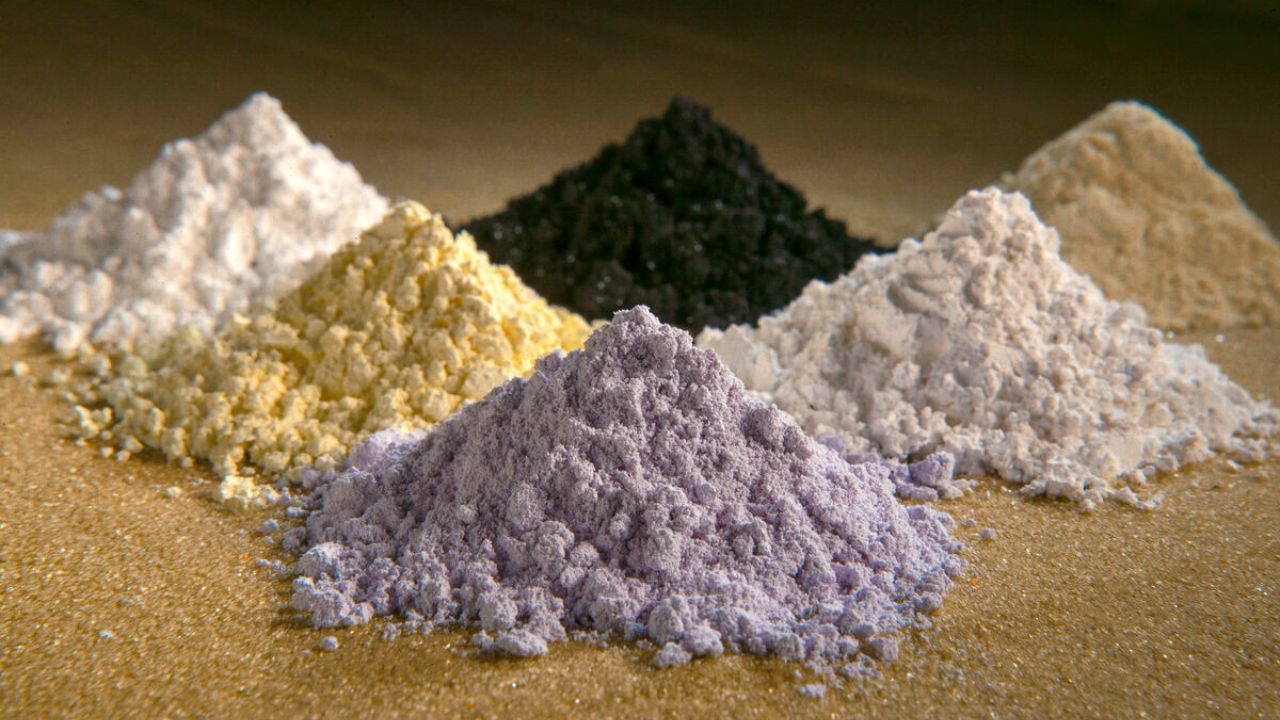 English
English

India plans to import rare earth minerals from Myanmar’s rebel-controlled regions to reduce China dependence. Partnering with KIA, it faces logistical, diplomatic, and technical challenges in this strategic move.

India preparing to bring rare minerals from Myanmar: Trying to reduce dependence on China (Image Source: Internet)
New Delhi: India is now taking strategic steps to reduce its dependence on China. Rare earth elements, which are used in electric vehicles, mobiles, and defense equipment, India mainly gets from China. But China has recently tightened the export of these resources, which has raised concerns for countries like India.
According to a Reuters report, India is planning to order samples of rare minerals from the northeastern part of Myanmar. The most shocking thing in this is that India is trying to do this work with the help of an armed rebel organization, the 'Kachin Independence Army (KIA).'
China vs India Trade: Amid rare earth crisis, India finds a new partner
KIA is active in the Kachin state of Myanmar and controls the Chipwe-Pangwa mining belt of this region, which is a major source of heavy rare minerals like dysprosium and terbium.
The Ministry of Mining of the Government of India has entrusted the task of bringing and testing samples from Myanmar to the public sector company IREL (India Rare Earths Ltd). and the private company Midwest Advanced Materials.
These samples will be tested in Indian laboratories to find out whether the amount of useful rare minerals in them is sufficient or not.
China has a near monopoly on the processing technology of rare minerals. India, the US, and other countries have to depend on processed minerals from China. After China restricted exports, India is now looking for alternative suppliers.

Rare Earth Elements
KIA is a powerful insurgent group fighting against the junta government in Myanmar. This is a rare case between India and KIA where a democratic country is directly contacting a non-state organization. According to reports, KIA has started collecting mineral samples for India, and possibilities of large-scale supply are also being explored.
The area is extremely mountainous, unstable, and underdeveloped. India will have to build a safe and permanent supply route to bring minerals from KIA. Without technical help from China, processing these minerals into a useful form is also a big challenge.
Jaishankar meets Chinese counterpart Wang Yi; Pushes for De-escalation of border tensions
IREL and other companies are working with Japanese and Korean companies towards the production of rare-earth magnets. India intends to develop its own processing capacity so that dependence on China can be ended.
This strategy of India shows that it is looking for alternative sources for its strategic resources, even if it has to adopt non-traditional and risky paths. Cooperation with KIA can be a new direction for India, but it also does not lessen diplomatic, security, and technical challenges.
It will be interesting to see in the coming times whether India is able to turn this plan into reality or not.